Last year, a movie called “Sabre Dance” came out about an episode in the life of Aram Khachaturian (1903-1978), a Soviet composer with Armenian roots (born and raised in Tbilisi-Georgia under Russian rule). Kachaturian most famously wrote the music for the “Sabre Dance” section of the ballet “Gayane”, which was partially synthesized from an unnamed Armenian folk song and tied in with a saxophone counterpoint. The events of the film take place around the autumn of 1942 at the height of World War II.
The movie is an Armenian-Russian co-production which was supported by the Cultural Ministries of both countries. All of the producers and majority of the film crew were from Armenia. The director of the movie, Yusup Razykov, is of Uzbek origin, although his step father is an Armenian and he was raised with Armenian culture. Ambartsum Kabayan plays the role of Khachaturian.
World wide fame
During the era that the movie covers, the Kirov Academy Ballet and Opera Theater (previously and currently known as the Mariinsky Theater) was moved from the frontlines of besieged Leningrad to the city of Molotov (formerly and currently called Perm) near the Ural mountains.
Khachaturian was still working on the last act of the ballet with very little time left until the show’s premier. The famous composer remarkably managed to complete the most striking part of the ballet, the “Sabre Dance”, within 11 hours, under the conditions of war.
The “Sabre Dance” was to become Khachaturian’s most frequently performed work around the world. After gaining international fame, in 1948, it even became a jukebox hit in America. Khachaturian later said that he would have “preferred not to have composed” the ‘Sabre Dance’ if he knew that its popularity would deflect attention from his other works.
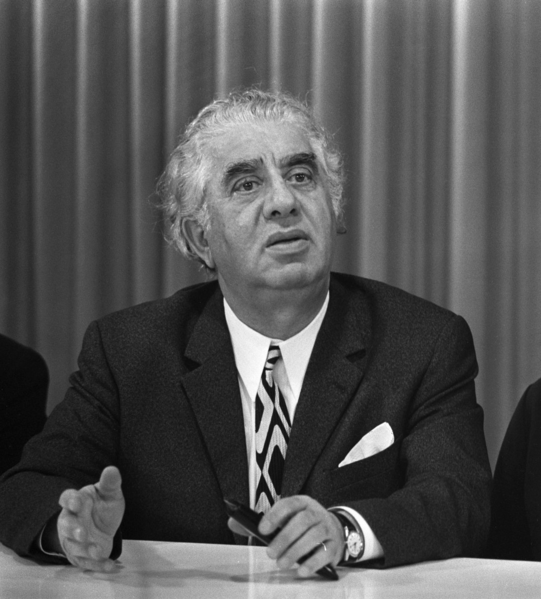
Wikipedia
Between expectation and reality
Khachaturian’s mastery and the worldwide importance of his work gave the film an air of excitement, especially since the film was supposed to explore the harrowing story of art production at the time of the second World War.
While the world was engulfed in combat, artists in the USSR continued their work under incredible conditions. In some places where there was no heat available, opera singers came on stage in their winter coats to sing their arias. This was a part of efforts to keep the people’s morale high and to strengthen their perseverance.
However, instead of seeing Khachaturian’s genius and the atmosphere of war in the USSR, the film became little more than propaganda about the so-called “Armenian genocide” of the early 20th century.
Genocidal Turks instead of German fascists?
Despite that the movie takes place during World War II, there is hardly any mention of German fascists– there is,however, continuous reference to “massacres” committed by Turks. The only time the cruelty of German fascism and the Jewish Holocaust are mentioned is as part of an effort to claim that “these events would not have taken place if the Armenian genocide was not overlooked.”
All of this naturally takes place against the backdrop of Mount Ararat, while the myth that those lands belonged to the Armenians is repeatedly emphasized.
These are the typical arguments that have been used for years to spread “Armenian genocide” allegations. The subject has been roughly inserted into a movie about a completely different subject which takes place at a completely different time.
The “evil” pro-Turkish commissar
Pro-Turkey Soviet commissars are also taken to task in the film. These “bad” commissars are reduced to the level of cartoon character villains. One is portrayed as so “evil” that he even sides with Turkey around the Armenian issue.
After Khachaturian mentions “how the Turks persecuted the Armenians” during a dinner speech, his words are met with the party commissar’s objections. The “ruthless” Soviet commissar defends the government’s friendship with Turkey, highlighting cooperation between Moscow and Ankara and arguing that the events of 1915 should be laid to rest. Khachaturian’s reaction to this is to break the champagne bottle on the commissar’s head.
This is a frequently used argument in the historiography of those defending the idea of a Turkish “genocide” against Armenians. Among these circles, the Soviet’s alliance with Turkey even leads to characterizations of the Soviet government as a “sponsor” or “partner” in the genocide. There are a number of books and publications which make this argument. It is frequently emphasized by Armenian nationalists that prior to World War II, “it was impossible to speak of the massacres against the Armenians and such speeches were heavily persecuted” in the USSR.
The “profound” reasons behind Khachaturian’s masterpiece
According to the movie, what lies behind Khachaturian’s “Sabre Dance” is “the Armenian genocide” and anger against the “evil” party commissioner who used black mail to sleep with the production’s lead ballerina. Khachaturian is so angry about these events that he manages to compose his famous work within 11 hours and earn worldwide fame.
The “genocide” tale continues throughout the “explanatory” notes that appear at the end of the movie. It is also mentioned that Khachaturian devoted his work to the “Armenian genocide”.
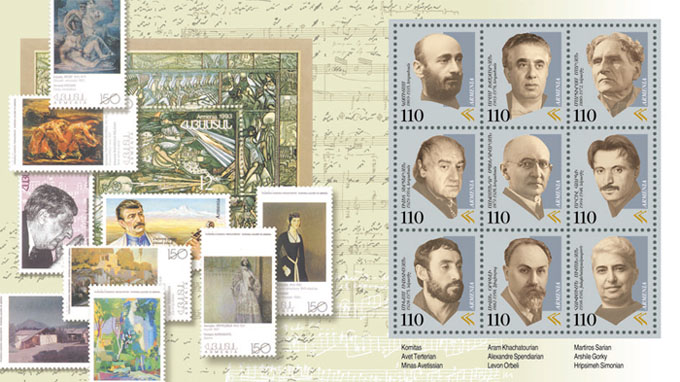
Wikipedia
“The Kurds’ Dance”
However, it is interesting to note that the theme of the libretto, which was written by Konstantin Derzhavin for Aram Khachaturian’s four-act ballet Gayane, is actually totally unrelated to the events of 1915. It describes an event which took place in the cotton collective farm (kolkhoz) in a mountainous district near the border of Armenia.
A young woman named Gayane is one of the workers in this collective farm. Her husband Giko (a lazy drunkard) stops working at the collective farm and tries to force his wife to do the same, but Gayane refuses to do so. Later, Giko decides to burn the collective farm in cooperation with a group opposed to the revolution, but Gayane overhears his plot. To top it off, Kurds rush to rescue and save the collective farm in cooperation with the soldiers.
The last act (Act IV) is the scene of a wedding between three couples: a young man named Kazakov (commander of the Soviet frontier guard) who falls in love with Gayane, Gayane’s brother Armen who falls in love with a Kurdish girl Aishe and Gayane’s younger sister Kayane with Nune.
It is obvious at even a surface level that the person who wants to burn the collective farm is an Armenian and that the Kurds are the ones who save the day. That is to say, it is impossible to find some secret message or hidden subject with even the most primitive perspective.
What is more, in the first days of the ballet, the “Sabre Dance” section was renamed the “Dance of the Kurds.”
How was it written at the last minute?
The reality of the time-frame that Khachaturian had to write this section is far from what is claimed in the movie.
As the composer himself explains, once the rehearsals of Gayane started, the director of the theater said that the production feels incomplete, and that fast war-like dance music needs to be added to the end. Khachaturian did not like the idea, but went along with it and completed the “Sabre Dance” with a few only a few minutes to spare before the premiere.
A fictitious “history”
Despite taking a rather extensive look, I could not find any source relating this work of art to the events of 1915; neither Khachaturian who described how he composed the musical, nor the information provided by his museum, nor the numerous articles related to the musical mention such a relationship…
However, this thesis did start to find expression in articles related to the movie: in other words, the movie is writing a brand-new history of its own. For those who watch the movie or read the articles about it, this imaginary history becomes a “fact.”
Similarly to the way you might think that the US won the Vietnam War after watching Hollywood movies about it, here we see the creation of alternate history.
The movie was not produced to showcase Khachaturian’s compositions, or the art scene of the war era, but rather, to bring forth the following 4 messages:
⦁ Mount Ararat is Armenian land
⦁ Turks are genocidal
⦁ The cruel Soviets caused the Armenian genocide to be forgotten
⦁ The Jewish Holocaust happened because the Armenian genocide was forgotten
Khachaturian served as little more than an ornament in the above-mentioned aims of the movie.
In short, Khachaturian, his “Sabre Dance” and the devoted selfless struggle of the Soviet artists behind the frontline against the German Fascism were all ignored and denigrated in this movie.







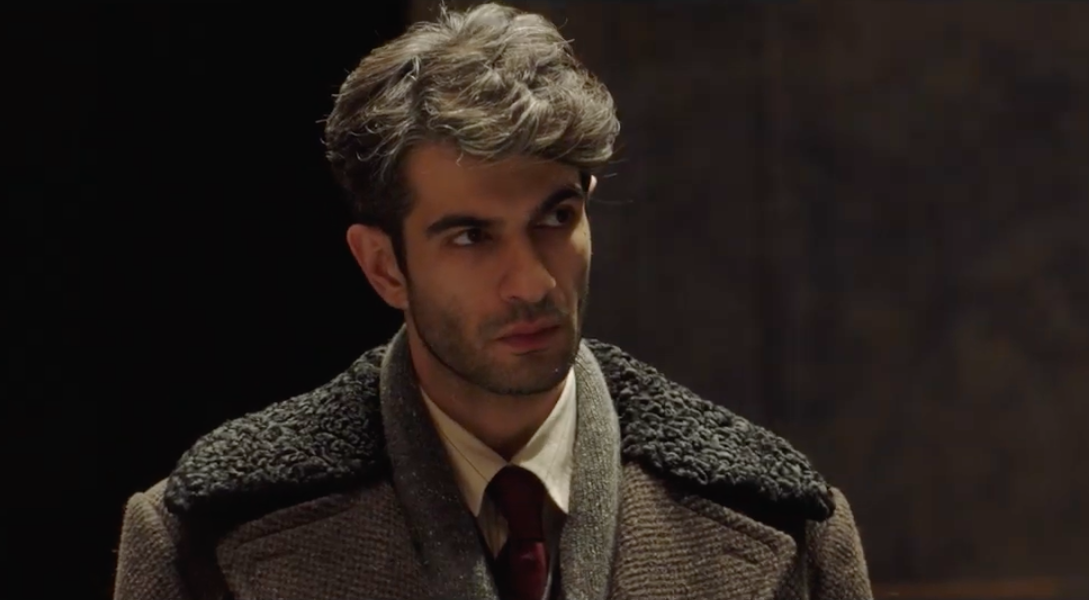
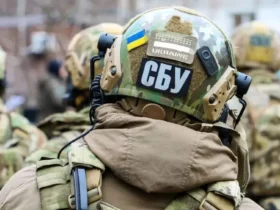


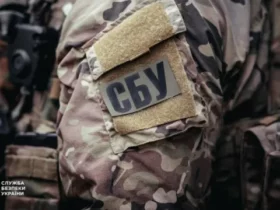


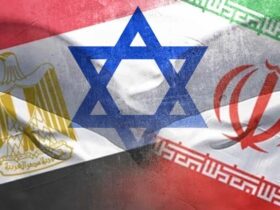
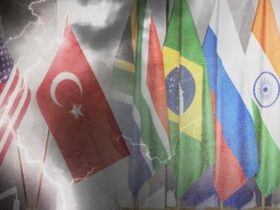

Leave a Reply